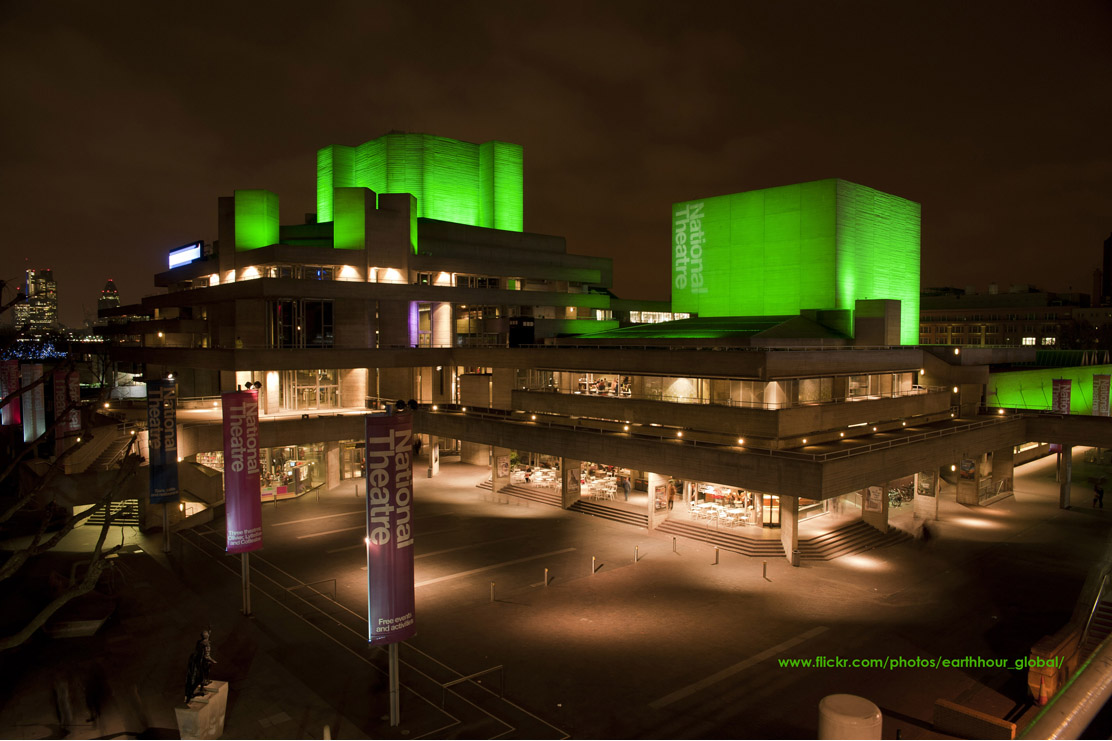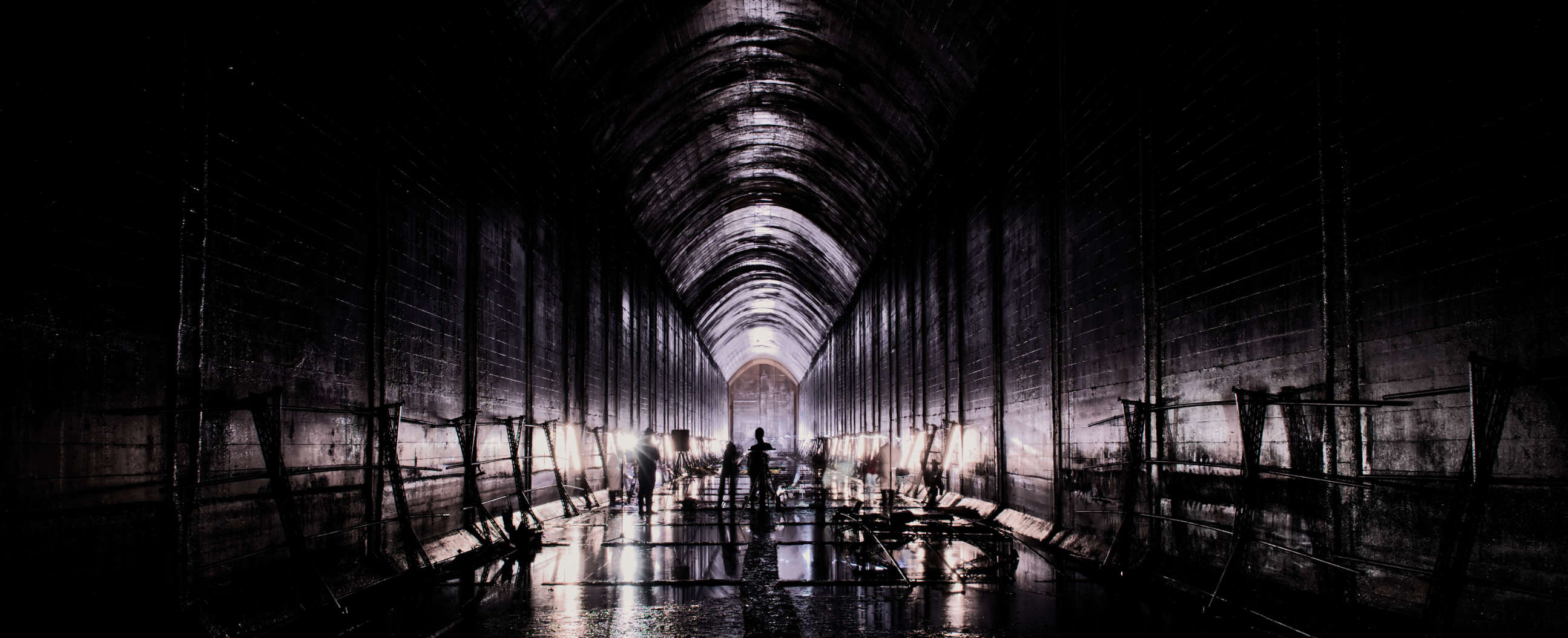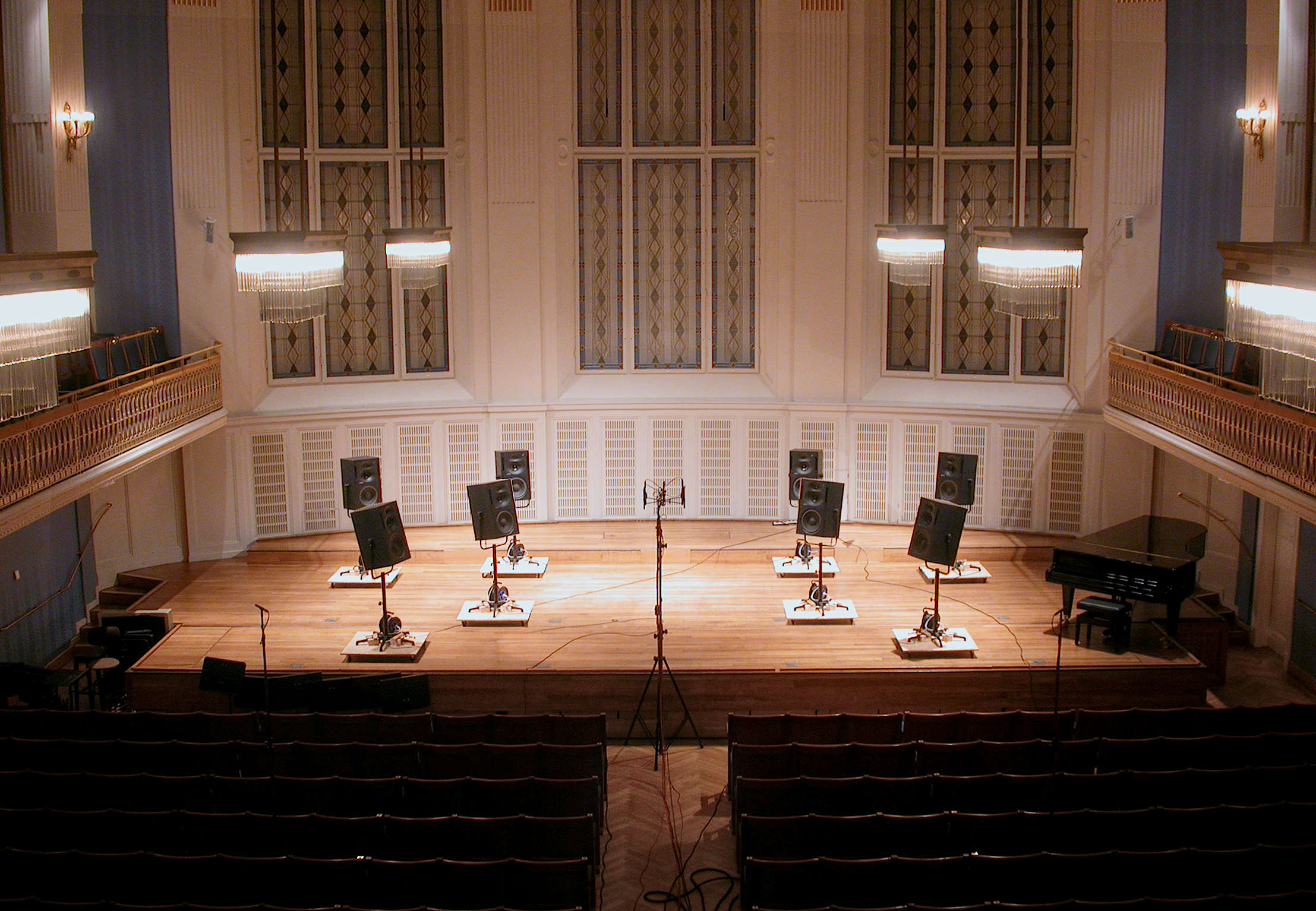

not just the reverb section), and then recorded back into Pro Tools in stereo with a pair of AKG414s. All IRs were made via sine sweep into the front end of the unit (i.e. Three are from guitar amps, and two are cheap rack-mounted spring units. There are IRs from some of my favourite lo-fi spring reverbs. This is what Joe has to say about this special set:

This amazing user submitted IR set contains five (5!) sampled pieces of Lo-Fi Sprig Reverb Gear by Joe Gore.

Courtesy of Altiverb we hope to have now shared and immortalized this sound in tribute to the inventors who came up with this wonderful ‘hit’ sound, and those designers who later included it in their own creations." This was widely used by us when live mixing much of the top action on the Irish music scene in the 70’s through 90’s. But like the original its outputs were strong enough to drive a loudspeaker. This SSSpring had an external Power Supply which eliminated all hum. So we built a copy of the Grampian, with an external PSU and a various other refinements. We noticed that the sound of the two used together, dual mono, causes a very wide spacious effect. Another live engineer friend Mairead O’ Reilly and I both acquired 666’s. Decent digital reverb had not appeared at that time so this was really the only affordable game in town. He mixed live and produced records for Clannad and later Enya, which continues to this day. I first heard this device at concerts mixed by one of the earliest live sound engineers, Nicky Ryan. This variation apparently was used in Local Radio Studios by the BBC as an affordable substitute for the EMT140 Plate. The strangeness or perhaps psychotropicicity continued with the naming of another version, The Grampian Ambiophonic Unit Type 666. Pete Townsend’s version strangely could run on batteries and included a balanced mic input. There were different versions of the Grampian. From Microphones to Vinyl Disc Cutting heads.
#ALTIVERB LIBRARY PROFESSIONAL#
manufacturer of a diverse range of professional audio products.

The devices were manufactured for the BBC by Grampian Reproducers, a U.K. The extremely quiet recovery circuit would give modern Class A Mic Preamps a run for their money. As the bulb lights, resistance increases dramatically.
#ALTIVERB LIBRARY SERIES#
but limited by a simple bulb in series with the drive coil. This ingenious circuitry had very high drive current capability, using an output stage commonly seen in car radios. "Legendary UK Producer Joe Meek and guitarist Pete Townsend used the same spring tank (from the Hammond tonewheel organs) but now with BBC designed electronics. This set features the original (mono) Grampian Ambiophonic Unit Type 666 and also Dan's modified stereo double set of 666's called the SoundSound Spring (SSSpring).ĭanDan FitzGerald about the Grampian Ambiophonic Unit Type 666 and the SSSpring: The input and output circuits were restored and modified with high-grade opamps by Camilo.Īudio Ease proudly shares the Grampian Spring IR from DanDan FitzGerald. After Jairo passes the way, the former vocalist of Niche, Mauro Castillo, brings them back to Bogotá for repair and tuning with Camilo Silva F, who agreed to repair them as long as he could keep one for the studio. Then, both plates were bought by Jairo Varela (leader of the Salsa Orchestra Niche), and he brought them to Cali - Colombia. Once the landlord asked for the property, the studio closes and most of the gear is sold. During this time there was only one of the two Ecoplates II working. The recording studio closed around 1998 and was abandoned until it was bought by the Colombian artist Galy Galiano who reopened and redesigned the estudio which kept operative from 2001 until 2010. This Ecoplate II and her sister were originally installed in ‘El Estudio Ltda’, one of the most renowned studios in Bogotá during the decades of the 80’s and 90’s. The guitar example is a snippet from Kiss Landing by Pierre Bensusan.Īudio Ease proudly shares the Ecoplate II from CSF Mastering sampled by Andrés Millán and Camilo Silva F. The ALTIVERB examples are bounced tracks from a Pro Tools session in which the same DRY input has the Altiverb 7 plug-in inserted on its track and this Altiverb 7 has loaded the IR of the same 240 setting.Ī close listen will reveal that the IR in Altiverb lacks the noise the real 240 reference recording has. All 240 audio examples are recordings of the DRY input track played through the actual 240 Gold Plate in Martyn Heyne's Studio in Berlin at the IR recording session. The other two examples are the -24dB low cut and no low cut. Martyn's setting is his preferred one: the -24dB Low cut on the 240 and a personal EQ setting to boost treble. In all examples there was no damping applied in the 240 unit. Sorry, your browser does not support HTML5 audio.


 0 kommentar(er)
0 kommentar(er)
